Shrey Modi
Accelerating Malware Classification: A Vision Transformer Solution
Sep 28, 2024
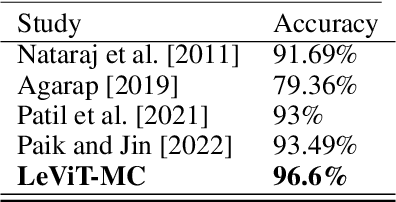
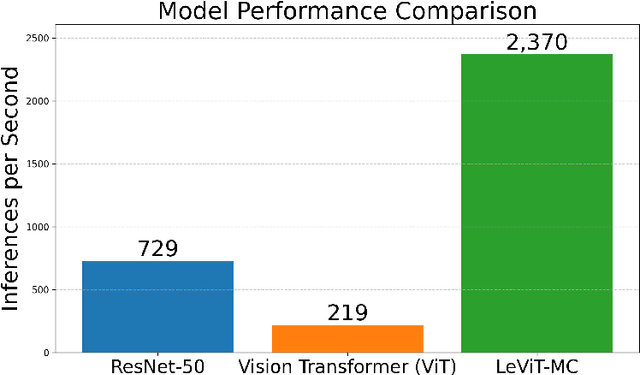
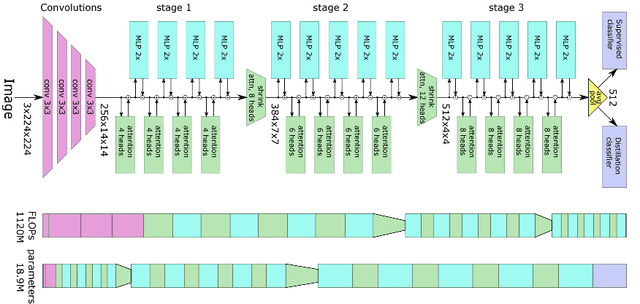
Abstract:The escalating frequency and scale of recent malware attacks underscore the urgent need for swift and precise malware classification in the ever-evolving cybersecurity landscape. Key challenges include accurately categorizing closely related malware families. To tackle this evolving threat landscape, this paper proposes a novel architecture LeViT-MC which produces state-of-the-art results in malware detection and classification. LeViT-MC leverages a vision transformer-based architecture, an image-based visualization approach, and advanced transfer learning techniques. Experimental results on multi-class malware classification using the MaleVis dataset indicate LeViT-MC's significant advantage over existing models. This study underscores the critical importance of combining image-based and transfer learning techniques, with vision transformers at the forefront of the ongoing battle against evolving cyber threats. We propose a novel architecture LeViT-MC which not only achieves state of the art results on image classification but is also more time efficient.
Flexible, Model-Agnostic Method for Materials Data Extraction from Text Using General Purpose Language Models
Feb 09, 2023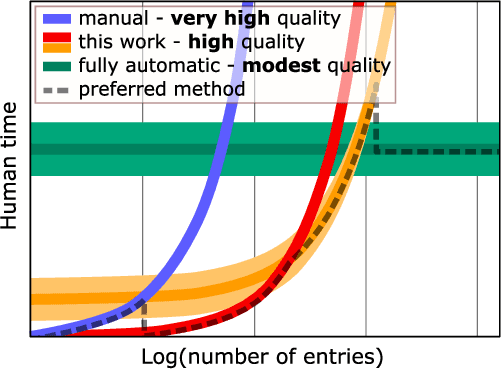
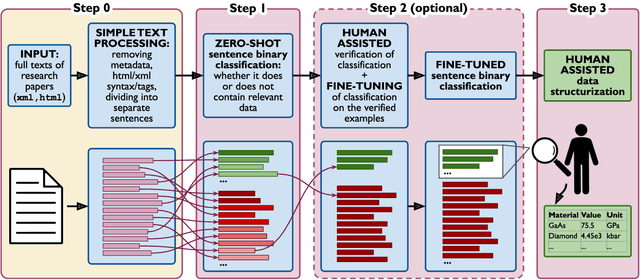
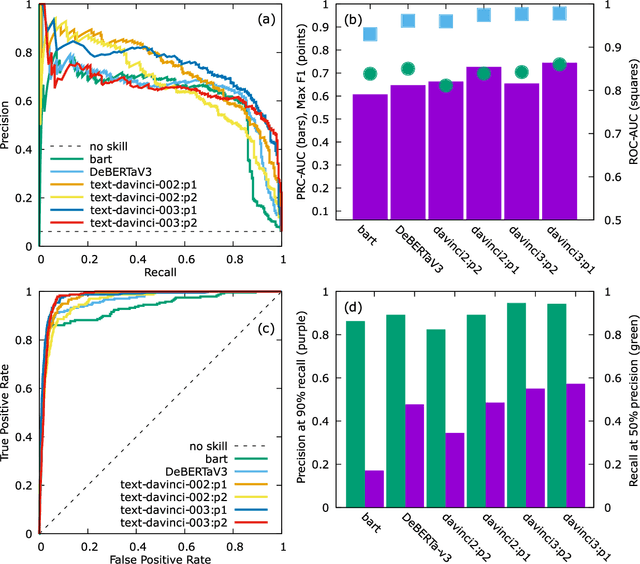
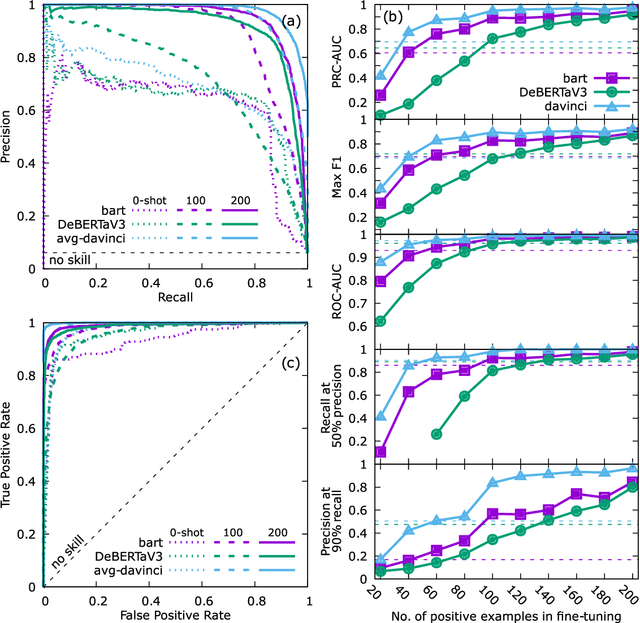
Abstract:Accurate and comprehensive material databases extracted from research papers are critical for materials science and engineering but require significant human effort to develop. In this paper we present a simple method of extracting materials data from full texts of research papers suitable for quickly developing modest-sized databases. The method requires minimal to no coding, prior knowledge about the extracted property, or model training, and provides high recall and almost perfect precision in the resultant database. The method is fully automated except for one human-assisted step, which typically requires just a few hours of human labor. The method builds on top of natural language processing and large general language models but can work with almost any such model. The language models GPT-3/3.5, bart and DeBERTaV3 are evaluated here for comparison. We provide a detailed detailed analysis of the methods performance in extracting bulk modulus data, obtaining up to 90% precision at 96% recall, depending on the amount of human effort involved. We then demonstrate the methods broader effectiveness by developing a database of critical cooling rates for metallic glasses.
 Add to Chrome
Add to Chrome Add to Firefox
Add to Firefox Add to Edge
Add to Edge